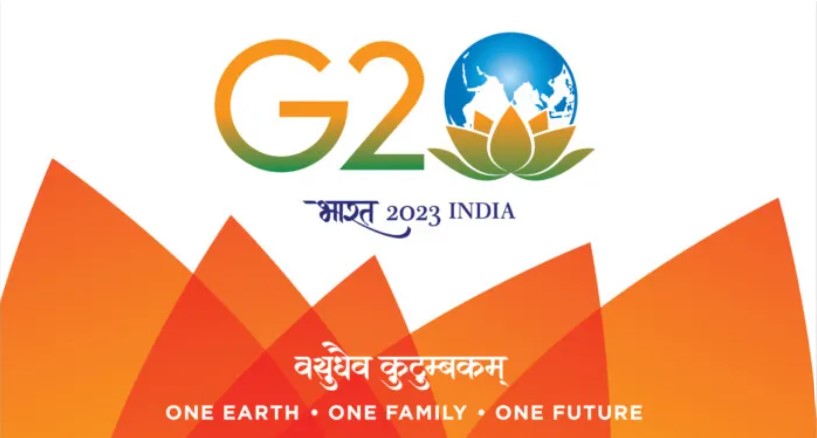Renewable Energy Scenario in India
Fri, 27 May 2022 | Reading Time: 3 minutes
Energy has always held a central position to achieve complete economic, social and environmental goals of sustainable human development. The industrial revolution of the 18th and 19th century showed us that the is a direct relation between economic growth of any nation and the consumption of energy. The energy demand of Industrial Revolution of Britain and continental Europe from about 1760 and in the USA between 1820 and 1840, which catapulted the British Empire and the United States as economic superpowers, was completely met with were completely met with fossil fuels. But although these nations progressed economically, the environmental conditions got devastated significantly. The Great Smog of London in 1952, 1966 New York City Smog and The Great Stink in London in 1858 are some examples of it.
Overtime, with the spread of industrialization worldwide citing the resulting economic growth has further worsened the situation. The rise of greenhouse gases, increase in the size of ozone hole and global warming are the by-products of this process. With the passage of time, as the concern for degrading environmental conditions increased, the demand for new sustainable, clean and renewable energy sources also increased. Various alternate energy has emerged because of this like nuclear energy, solar energy, wind energy, tidal energy, etc. It is because of the very nature of these energy sources. It is inexhaustible, abundant, clean and doesn’t have any adverse effect on the environment.
As per the relative consumption of various energy resources in the world as percent of the world total, India among the major Asian economies, occupies the second place immediately after China. India is one of the largest electricity market areas in the world, comparable to the power systems of the European Union, China, Russia and the USA. The national grid of India is the largest national synchronous grid in the world. India has an annual energy production of about 1389 billion units as well as the third largest energy consumer in the world and the demand is expected to reach 4 trillion units by 2030. As a result, India has been very focused on reducing her energy dependence on hydrocarbon sources like coal and petrochemical sources. Even though it could be deemed impossible to completely cut off hydrocarbons from the overall energy scenario soon, but renewable energy can reduce this dominance to a considerable level.
India’s installed generation capacity is comprised of 365 GW, coal (55.8%), hydro (13.7%), wind (10.1%), solar PV (8.8%), natural gas (6.8%), bioenergy and waste (2.7%), nuclear (2%), and oil (0.1%). Even though renewable sources (wind, solar, and bioenergy) accounted for 8% of generation in 2017, they accounted for 21.8% of installed capacity. There is a huge increase in solar power plants as per Central Electricity Authority, CEA (2019a), “All India installed capacity,” January 12, 2022, report. If India’s annual gross energy generation of power is considered, there is a significance rise in the use of renewable energy. Nuclear energy increased from 4,780 MW in 2013 to 6,780 MW in 2021. It is important to note here that although nuclear energy is not renewable energy, but it is still considered a clean energy. Now, the hydro energy has increased from 44,335 MW in 2013 to 51,351 MW in 2021, wind from 21,043 to 40,083 and Biomass from 7,510 to 10,610. But the most significant increase is in the dependence on solar energy which increased from 2,632 MW in 2013 to 49,347 MW in 2021 which is nearly 16 times.
This could be credited to the Indian government’s encouragement of solar energy utilization, investment in solar plants and to the increase in efficiency and reduction in price of solar panels. It is also very important to mention here that P. Mahendra Kumar, Additional Chief Manager, Projects and Business Development, NLC India Limited in a webinar of IIT Madras has also specified India’s goals regarding renewable energy. The key takeaway from this webinar was the projected capacity addition of in India energy generation of which nuclear is 18.98 GW, hydro energy is 71.13 GW and renewable energy sources is 435.15 GW which is 53.25% of the total amount till 2030.
Disclaimer
The opinions expressed in this article are the author’s own and do not reflect the views of Chanakya Forum. All information provided in this article including timeliness, completeness, accuracy, suitability or validity of information referenced therein, is the sole responsibility of the author. www.chanakyaforum.com does not assume any responsibility for the same.
Chanakya Forum is now on . Click here to join our channel (@ChanakyaForum) and stay updated with the latest headlines and articles.
Important
We work round the clock to bring you the finest articles and updates from around the world. There is a team that works tirelessly to ensure that you have a seamless reading experience. But all this costs money. Please support us so that we keep doing what we do best. Happy Reading
Support Us




















POST COMMENTS (0)